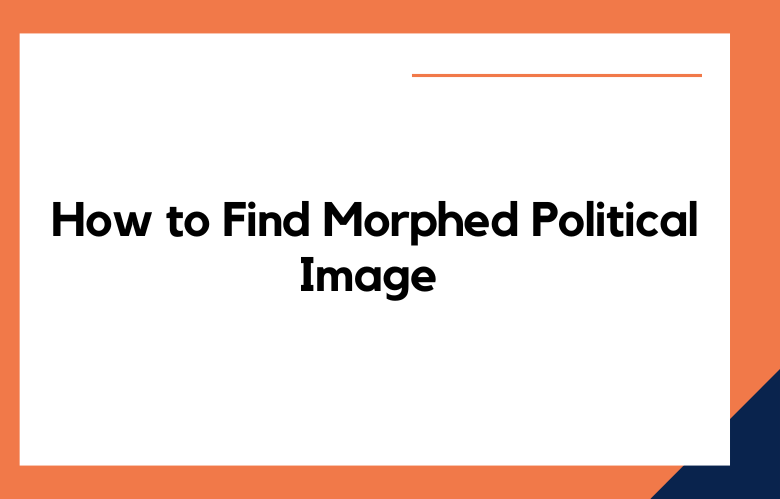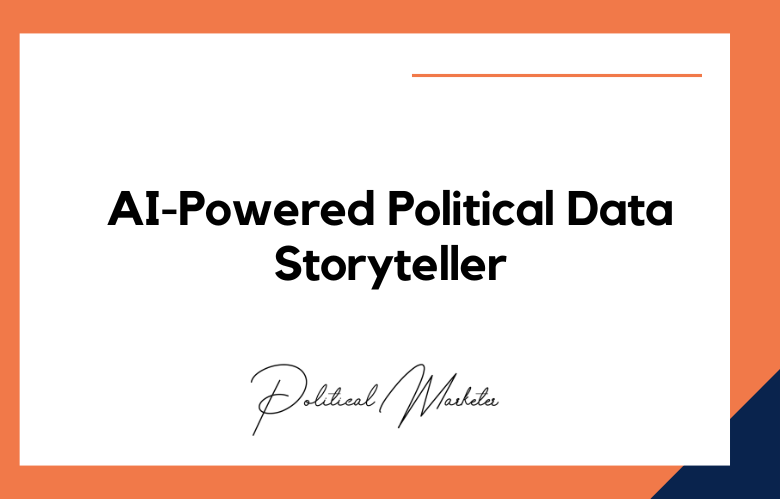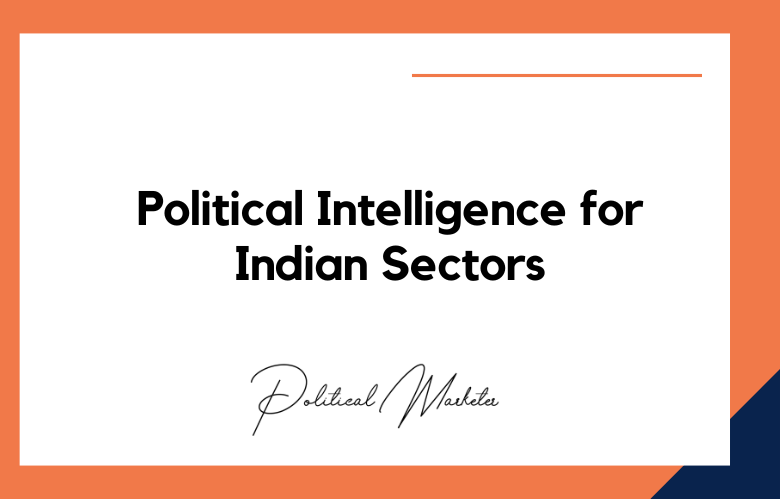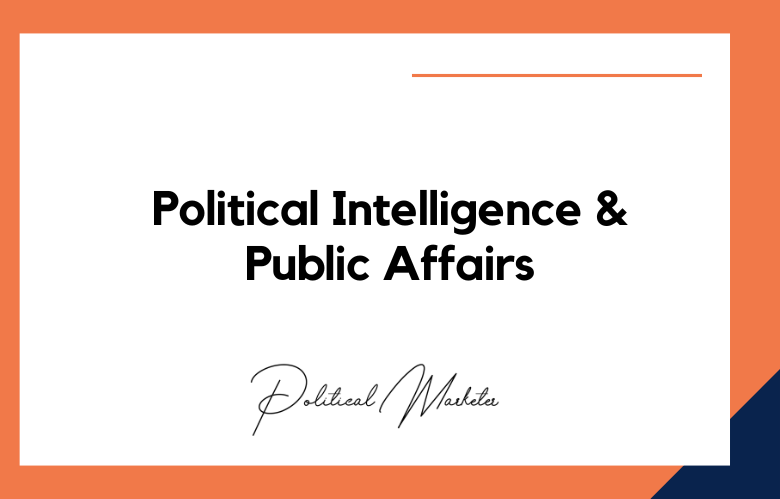In today’s digital age, spreading misinformation and fake news has become a significant concern, especially in politics. One particularly troubling development is using morphed or deepfake images to spread false information and damage reputations. This guide will explore identifying these manipulated images and protecting yourself from their potential harm.
How to Find If a Political Image is Morphed Or DeepFake?
First, we’ll define morphed and deepfake images and explain their creation. We’ll also discuss the different image manipulation techniques used to develop these fakes, such as splicing, blending, and AI-generated images.
Next, we’ll provide tips on identifying morphed and deepfake images. We’ll discuss telltale signs of manipulation, such as unusual lighting, inconsistent shadows, and irregularities in facial features. We’ll also explore tools and techniques for detecting these fakes, such as reverse image searches and image verification tools.
We’ll discuss the dangers of morphed and deepfake images in the political realm and offer strategies for protecting yourself and others from their harmful effects. We’ll also touch on the ethical considerations surrounding using these images and the need for responsible media consumption.
With the proliferation of morphed and deepfake images, it’s more important than ever to be vigilant and discerning about the information we consume. This guide will equip you with the knowledge and tools to identify these fakes and promote a safer, more informed political discourse.
Unmasking Political Deception: A Guide to Spotting Morphed Images
The spread of misinformation has become a significant problem, especially in the political realm. One insidious form of misinformation is morphed images, which are manipulated to spread false information and damage reputations. This guide will explore spotting these deceptive images and protecting yourself from their harmful effects.
First, we’ll define morphed images and explain how they are created. We’ll then discuss standard techniques for manipulating images, such as splicing, blending, and warping.
Next, we’ll provide tips on how to identify morphed images. We’ll discuss telltale signs of manipulation, such as inconsistencies in lighting and shadows, irregular edges, and distortions in perspective. We’ll also explore tools and techniques for detecting these fakes, such as reverse image searches and image verification tools.
We’ll then delve into the dangers of morphed images in politics and offer strategies for combating their spread. We’ll discuss the importance of critical media consumption and the need to hold those who create and distribute fake or misleading images accountable.
We’ll discuss the ethical considerations surrounding using morphed images in politics and the need for responsible reporting and sharing of information.
The Art of Image Analysis: Detecting DeepFakes in Politics
First, we’ll define deepfakes and explain how they are created using artificial intelligence and machine learning algorithms. We’ll then discuss their potential dangers in politics, including their use in misinformation campaigns and the potential for blackmail and extortion.
Next, we’ll provide tips on how to detect deepfakes. We’ll explore telltale signs of deepfake videos, such as unusual facial expressions, lighting and shadow inconsistencies, and speech pattern irregularities. We’ll also discuss technological tools and techniques for detecting deepfakes, such as deepfake detection algorithms and video forensics.
In the Age of Digital Deception: Identifying Morphed Political Images
In the digital age, the ability to manipulate images has become increasingly sophisticated, making it more difficult to distinguish between real and fake. This is particularly concerning in politics, where morphed images can be used to spread false information and influence public opinion. This guide will explore identifying morphed political images and protecting yourself from their deceptive power.
First, we’ll define morphed images and how they differ from other forms of image manipulation. We’ll discuss standard techniques used to create morphed photos, such as splicing, blending, and warping, and explain how these techniques can create realistic but fake images.
Next, we’ll provide tips on how to identify morphed political images. We’ll discuss telltale signs of image manipulation, such as inconsistencies in lighting and shadows, irregular edges, and distortions in perspective. We’ll also explore tools and techniques for detecting morphed images, such as reverse image searches and verification tools.
Beyond the Surface: How to Uncover DeepFake Political Images
First, we’ll define deepfakes and explain how they are created using artificial intelligence and machine learning algorithms. We’ll then discuss their potential dangers in politics, including their use in misinformation campaigns and the potential for foreign interference in elections.
Next, we’ll provide tips on how to identify deepfake images. We’ll explore telltale signs of deepfake photos, such as unusual or distorted facial features, lighting and shadow inconsistencies, and irregularities in background details. We’ll also discuss technological tools and techniques for detecting deepfakes, such as image forensics and deepfake detection algorithms.
We’ll then delve into the ethical considerations surrounding using deepfakes in politics and the need for responsible media consumption. We’ll also discuss the legal and regulatory frameworks being developed to address the spread of deepfakes and other forms of disinformation.
The Truth Behind the Pixels: Unveiling Morphed Political Images
In a world where political discourse is often contentious and divisive, spreading misinformation and disinformation has become an increasingly pressing issue. One insidious form of disinformation is morphed political images, which can apply false narratives and manipulate public opinion. This guide explores the truth behind the pixels and uncovers the techniques used to create and detect morphed political images.
First, we’ll define morphed images and how they differ from other forms of image manipulation. We’ll then discuss the techniques used to create morphed photos, such as blending, warping, and deepfakes, and explain how these techniques can create realistic but fake images.
Next, we’ll provide tips on how to identify morphed political images. We’ll explore telltale signs of image manipulation, such as lighting, shadows, and perspective inconsistencies. We’ll also discuss technological tools and techniques for detecting morphed images, such as reverse image searches, image verification tools, and deepfake detection algorithms.
Conclusion
Detecting morphed or deepfake political images requires critical thinking, technological tools, and expert analysis. It is essential to approach all pictures with skepticism, especially those that seem too good (or too shocking) to be true.
Technological tools like reverse image search, image verification, and deepfake detection algorithms can help identify manipulated images. However, they are not foolproof and should be used with other methods.
Ultimately, consulting with experts in digital forensics and image analysis may be necessary to confirm the authenticity of a political image. It is essential to prioritize truth and accuracy in political discourse and to hold those who create and distribute fake or misleading photos accountable for their actions.
Call: +91 9848321284
Email: [email protected]











